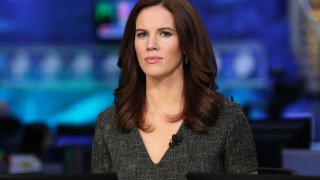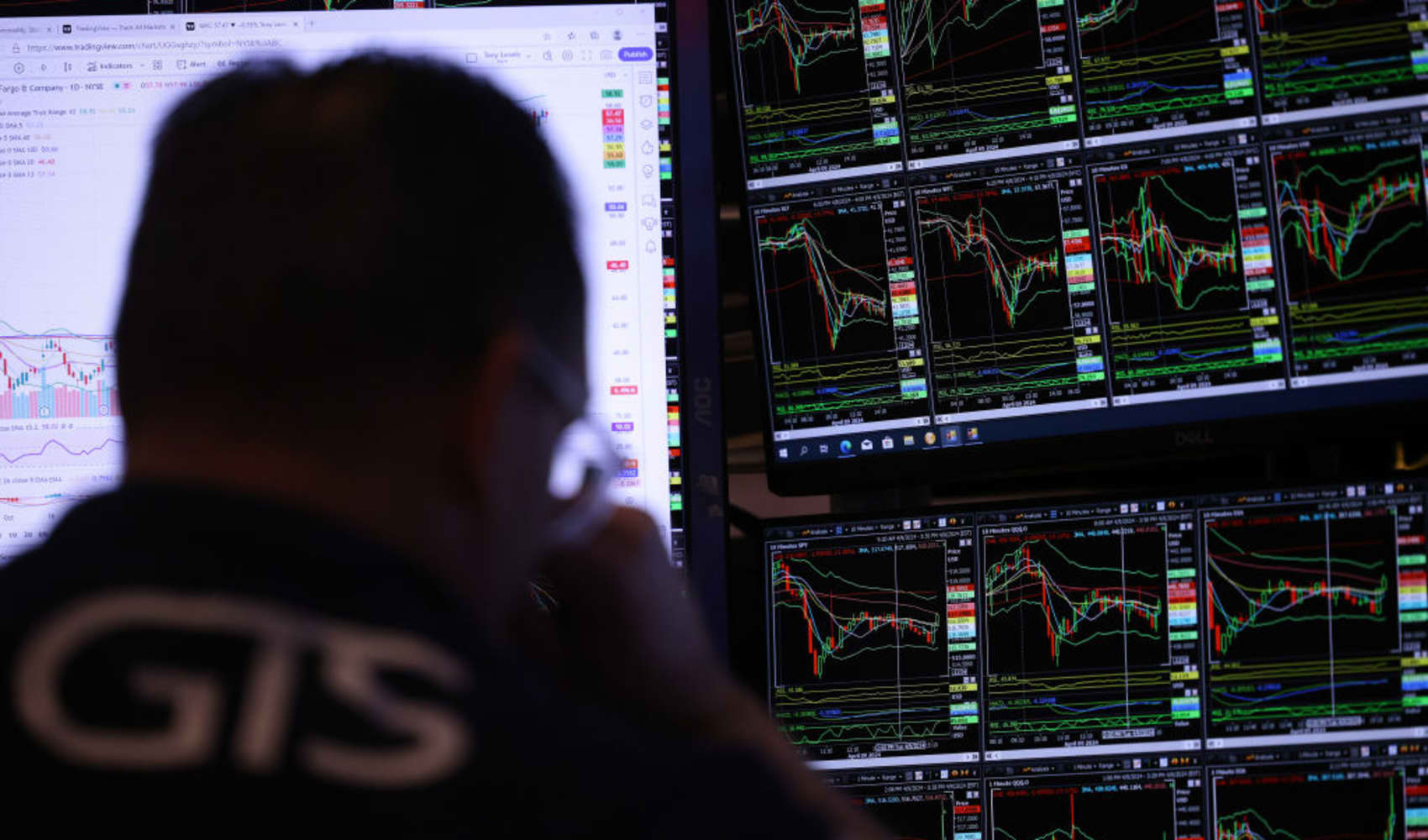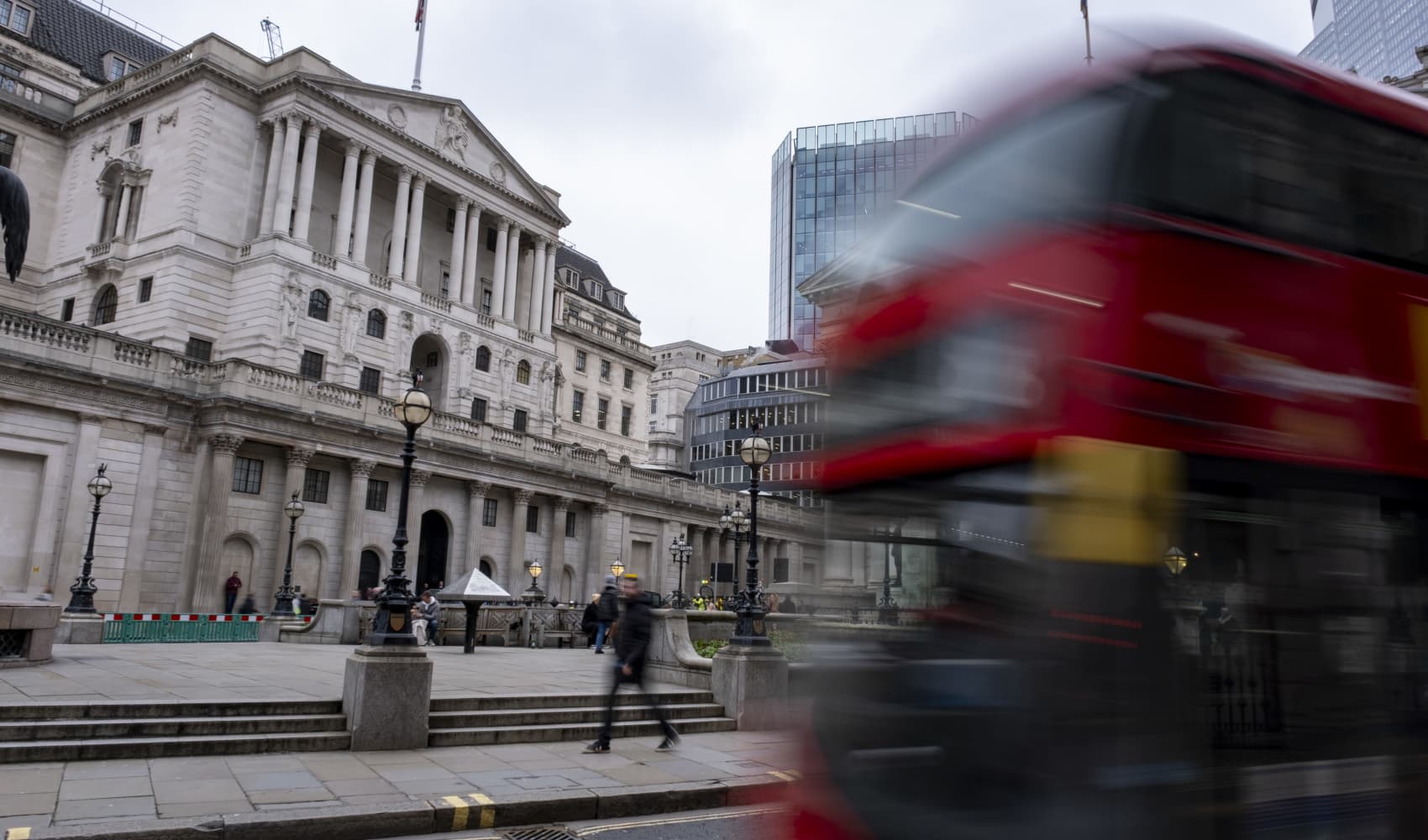
Economists spent the past three decades perfecting the art of Keynesian stimulus. Then Covid hit.
As the months drag on, it's increasingly clear that Covid is more of a supply shock than a demand shock to the U.S. economy. Do you remember the endless stories about supply chain problems after the 2007-08 financial crisis? Nope. Neither do I. Because they didn't exist. Did we have soaring prices after 9/11? Nope. Container ship shortages after the dotcom collapse? Of course not.
All the recent crises we've dealt with have been negative demand shocks to the U.S. economy. And that has empowered the Keynesian approach of filling demand drops with government stimulus--or consumer spending, as in the case of 9/11, when President Bush famously told families to go about their lives ("fly on airplanes...travel...Get down to Disney World") in order to keep the economy from worsening.
So naturally, when Covid hit, and people worried about a second Great Depression, policy makers threw more stimulus at the problem than ever before. But Covid is more and more a supply shock, and one that is actually being worsened by the continual massive efforts to stimulate demand.
Get South Florida local news, weather forecasts and entertainment stories to your inbox. Sign up for NBC South Florida newsletters.
Some warned about this: "Demand-side stimulus...would give consumers more cash, but the economy will shrink nonetheless...much stimulus money would end up as personal savings or bid up prices for the products still available in a smaller economy," wrote the Cato Institute's Chris Edwards for The Hill last March. And sure enough, third-quarter GDP looks weak as consumer prices have surged 6% from a year ago, even with households still sitting on over $2 trillion of excess savings.
More stimulus could worsen this situation to the point of crisis, if we haven't reached it already. The supply chain is so fragile that products are routinely, if unpredictably, out of stock, or delayed for so long as to be effectively unavailable. Now the energy supply is being caught up in it. What's more, the stimulus and liquidity-fueled asset price gains have helped to shrink the labor force, already under pressure because of the pandemic, by causing early retirements or removing the incentive to work.
What fixes this? In retrospect, things like the PPP program. The entire point of providing emergency loans or grants to businesses was to keep the supply side from shrinking. But as those programs have sunset, while cash from the government and the Fed continues to be injected into households and the financial system, their positive effect is waning, especially as the pandemic drags on.
Money Report
Consumers are obviously unhappy with the way things are going. Sentiment just this morning dropped to its second-lowest reading in a decade. "Expectations" have dropped in recent months to the point of worrying economists like David Blanchflower that we are heading back into recession. Meanwhile, Democrats are displeased that the President's spending and infrastructure bills have stalled.
Perhaps the way to think about it--and pitch it to the public--now is to promote those policies that will increase or fix the supply side of the economy. Incentivizing people to work (expand the labor force). Helping to keep businesses afloat (grow the "supply"). Lowering the cost of labor. You want an infrastructure bill? How a "war effort" to get the glut of goods through the Port of Los Angeles right now? That would seem to have broad appeal. Tax breaks for truckers? You get the idea.
On the flip side, policies that aren't targeted this way risk worsening the problem and could boomerang as a double-dip downturn, like the U.S. experienced in the early 1980s. Never forget that the point of high prices is to destroy demand, because supply can't keep up. So we face a choice: either increase the supply-side of the U.S. economy, or the demand-side will shrink to meet it.
See you at 1 p.m!
Kelly






